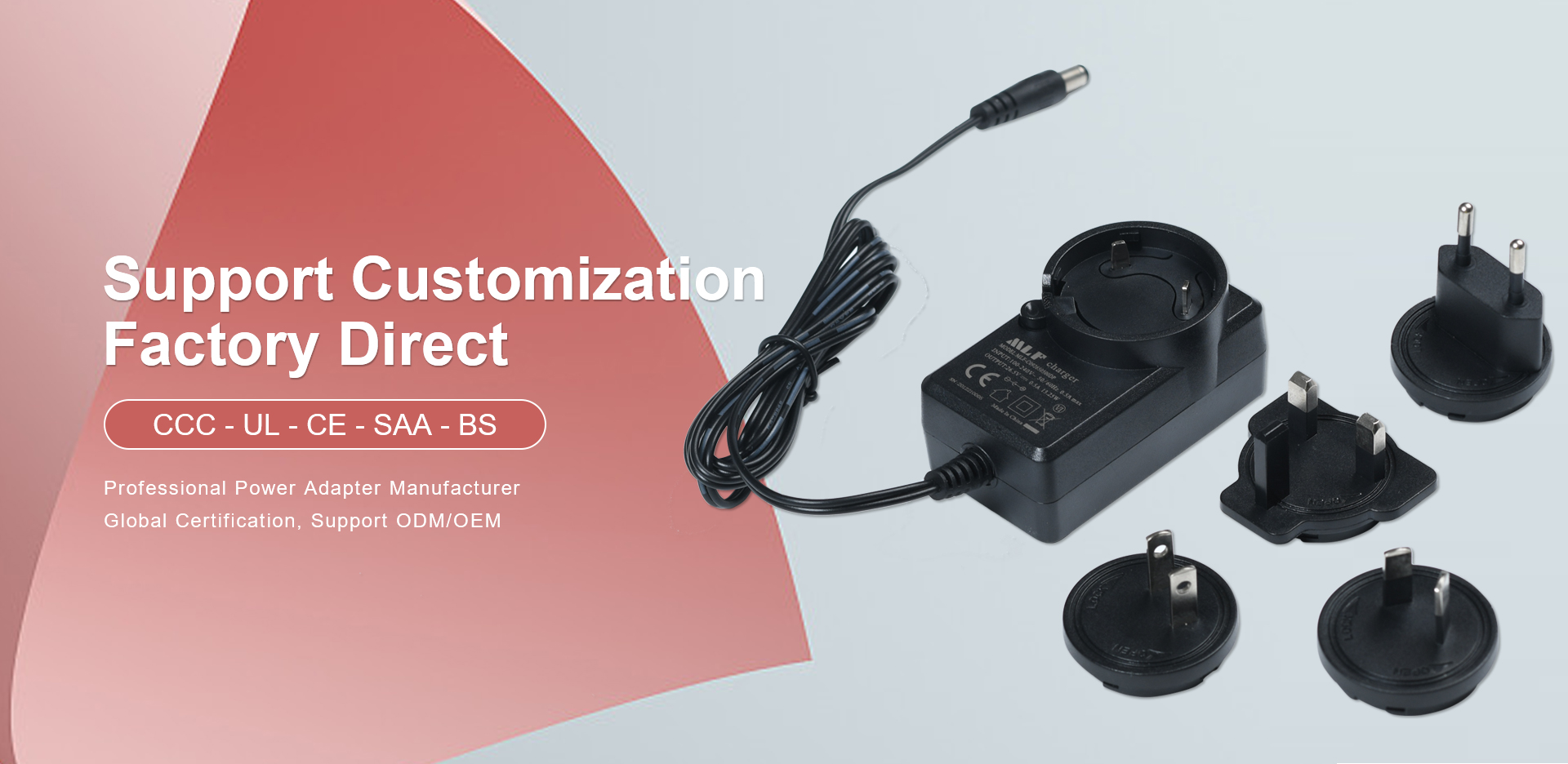
There is a direct correlation between charger power and cable specifications. Power determines the output current and voltage, while cable carrying capacity affects the stability of current transmission efficiency. High power chargers need to be paired with cables that meet specifications to ensure smooth current conduction, prevent cable overheating, increased losses, or energy loss.
The material of the cable core, the thickness of the wire, and the structure of the sheath jointly determine the upper limit of the cable's load-bearing capacity. In high current scenarios, thick copper wire can effectively reduce resistance and ensure power transmission. If small or poorly made cables are used, they may generate heat, reduce charging speed, and even pose hidden dangers due to their inability to withstand high currents.

The internal structure of different cables also affects the compatibility of chargers. For example, a charger that supports fast charging protocol needs to be paired with a fully functional cable that supports data communication in order to fully achieve protocol recognition and current regulation. Ordinary cables cannot effectively trigger the fast charging function, resulting in limited power.
Reasonable power matching and correct cable selection can help improve charging efficiency and extend the service life of equipment and accessories. Choosing the appropriate cable based on the nominal parameters of the charger can help reduce unnecessary power loss and maintain stable and reliable charging.